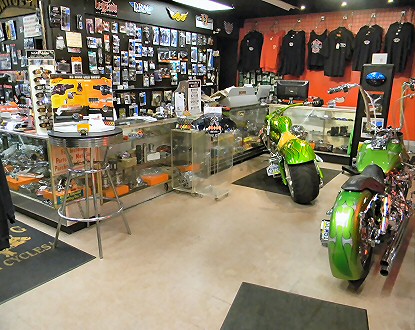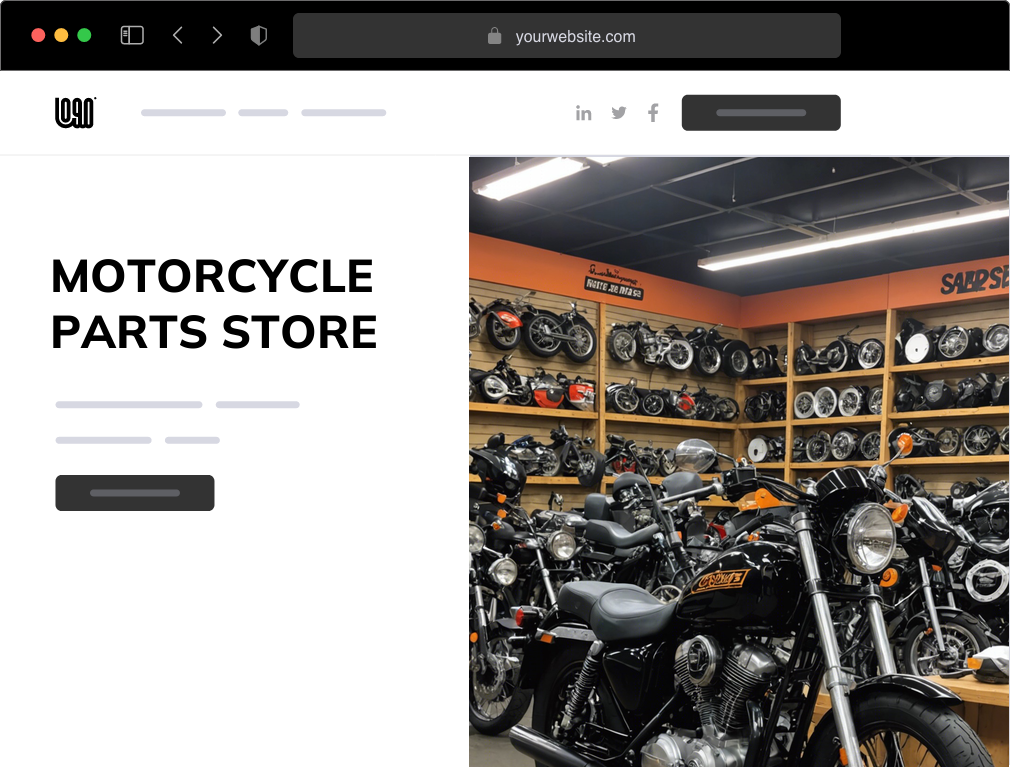Important Motorcycle Parts NZ for Peak Performance and Safety
Important Motorcycle Parts NZ for Peak Performance and Safety
Blog Article
Comprehending the Necessary Components of a Bike: A Comprehensive Overview for Fanatics
For motorbike enthusiasts looking to raise their riding experience and guarantee their bikes run smoothly, comprehending the necessary elements of a bike is vital. Each component, from the engine's detailed workings to the vital role of the braking devices, not only affects performance however additionally safety and security and comfort. This overview will certainly go through the fundamental components that every motorcyclist must be acquainted with, making it possible for notified options in both upkeep and possible upgrades. As we start this expedition, one must ask: exactly how does each element connect to develop the smooth trip every enthusiast looks for?
Engine Elements

The camshaft plays a vital role in managing the timing of the engine's shutoffs, making certain the specific opening and closing needed for efficient gas and air consumption, along with exhaust expulsion. This timing is vital to maintaining optimal engine performance and effectiveness. In addition, the carburetor or gas injection system, depending upon the motorbike version, is accountable for mixing air with fuel in the appropriate ratio for combustion.
The air conditioning system, either air or liquid-based, works to maintain the engine's temperature level within operational limits, stopping getting too hot and making certain longevity - motorbike shop. Each component, carefully created and integrated, contributes to the smooth operation of the engine, specifying the motorcycle's power output and overall efficiency
Transmission System
Essential to the motorcycle's functionality, the transmission system guarantees efficient power transfer from the engine to the wheels. This system consists of several critical parts, consisting of the clutch, transmission, and final drive, each playing an important duty in translating the engine's power right into activity. The clutch, commonly run by a hand lever, offers to engage and disengage the engine from the transmission, permitting smooth equipment adjustments and controlled velocity.
The transmission, frequently referred to as the transmission appropriate, has a collection of gears that bikers can manually shift through to readjust the bike's rate and torque outcome. These gears are prepared in a series that enables the motorbike to accelerate efficiently and preserve ideal engine efficiency across various speeds. Most bikes make use of a sequential gearbox, calling for the motorcyclist to move gears in a predetermined order.
Braking Mechanisms
While recognizing the transmission system is crucial to harnessing a bike's power, just as essential is the ability to control and stop that power efficiently, which is where braking devices enter into play. Brakes are crucial for safety and efficiency, giving the biker with the necessary control to browse different surfaces and conditions. Typically, bikes feature 2 sorts of stopping systems: disc brakes and drum brakes.
Disc brakes are much more common in contemporary motorbikes due to their premium efficiency. This system offers much better Related Site warmth dissipation, consistent efficiency, and boosted stopping power, particularly in damp problems.
Conversely, drum brakes, though much less usual, are still located in some bikes. They work by pressing brake footwear versus the inner surface of a drum affixed to the wheel. While usually less effective in warm dissipation and quiting power, drum brakes are less complex and more economical.
Recognizing these stopping systems' subtleties allows riders to maintain their motorbikes appropriately and value the design that makes certain effective and risk-free quiting.
Suspension and Guiding
Suspension and guiding systems are crucial parts that significantly influence a motorcycle's handling and ride comfort. The suspension system, including forks at the front and shock absorbers at the rear, soaks up roadway abnormalities, boosting security and control. Front forks, normally telescopic or upside down, compress and rebound to minimize influences, while back shock absorbers preserve tire contact with the road, vital for grip and security.
Steering, centered around the handlebars, attaches the rider read more to the bike's directional control. The steering head bearings guarantee smooth operation, allowing accurate ability to move. Appropriate alignment and maintenance of these bearings are vital for foreseeable guiding reaction and decreasing rider exhaustion.
The suspension's adjustability is an additional important element; preload, damping, and rebound setups enable personalization to suit numerous riding problems and styles. This flexibility is necessary for enhancing performance, whether browsing urban roads or tackling sturdy tracks. Innovations like digital suspension systems supply real-time modifications, enhancing experience quality throughout diverse surfaces.

Electrical Equipments
After making sure a regulated and smooth ride with efficient suspension and guiding systems, focus turns to the electric systems, a critical facet of contemporary bikes. These systems play an important duty not only in beginning the engine but additionally in powering different parts that improve the performance and safety of the motorbike.
At the heart of a bike's electrical system is the battery, which shops electric energy required for beginning the engine and powering auxiliary systems - motocross gear. The generator or generator, combined with the rectifier-regulator, makes sure the battery remains charged while the motorbike functions, transforming mechanical energy into electric energy and preserving voltage degrees
The ignition system, one more important part, is accountable for stiring up the air-fuel combination in the engine's cylinders. Modern motorcycles typically use a digital ignition system, supplying greater effectiveness and reliability compared to conventional systems.
Illumination systems, including fronts lights, tail lights, and indications, are additionally essential, making certain presence and safety and security for the motorcyclist. Extra electronic elements such as sensing units, control devices, and shows add to sophisticated attributes like gas shot administration, anti-lock braking systems (ABS), and electronic control panels, better boosting the riding experience.
Conclusion
An extensive comprehension of a bike's necessary elements, consisting of the engine, transmission system, stopping devices, suspension, guiding, and electric systems, is vital for fanatics intending to enhance comfort, efficiency, and safety. Mastery of these aspects enables notified choices pertaining to maintenance and upgrades, check inevitably enhancing the riding experience. By incorporating this understanding, riders can ensure their bikes operate at peak effectiveness and integrity, thus optimizing both enjoyment and durability of their lorries.
For motorcycle lovers looking to boost their riding experience and guarantee their bikes run smoothly, comprehending the essential elements of a motorbike is extremely important.Important to the bike's capability, the transmission system guarantees effective power transfer from the engine to the wheels.While recognizing the transmission system is essential to taking advantage of a bike's power, equally crucial is the ability to control and stop that power successfully, which is where stopping devices come right into play. Typically, motorbikes feature two kinds of stopping systems: disc brakes and drum brakes.
A detailed comprehension of a motorcycle's important elements, consisting of the engine, transmission system, stopping systems, suspension, guiding, and electrical systems, is essential for lovers aiming to optimize convenience, performance, and safety.
Report this page